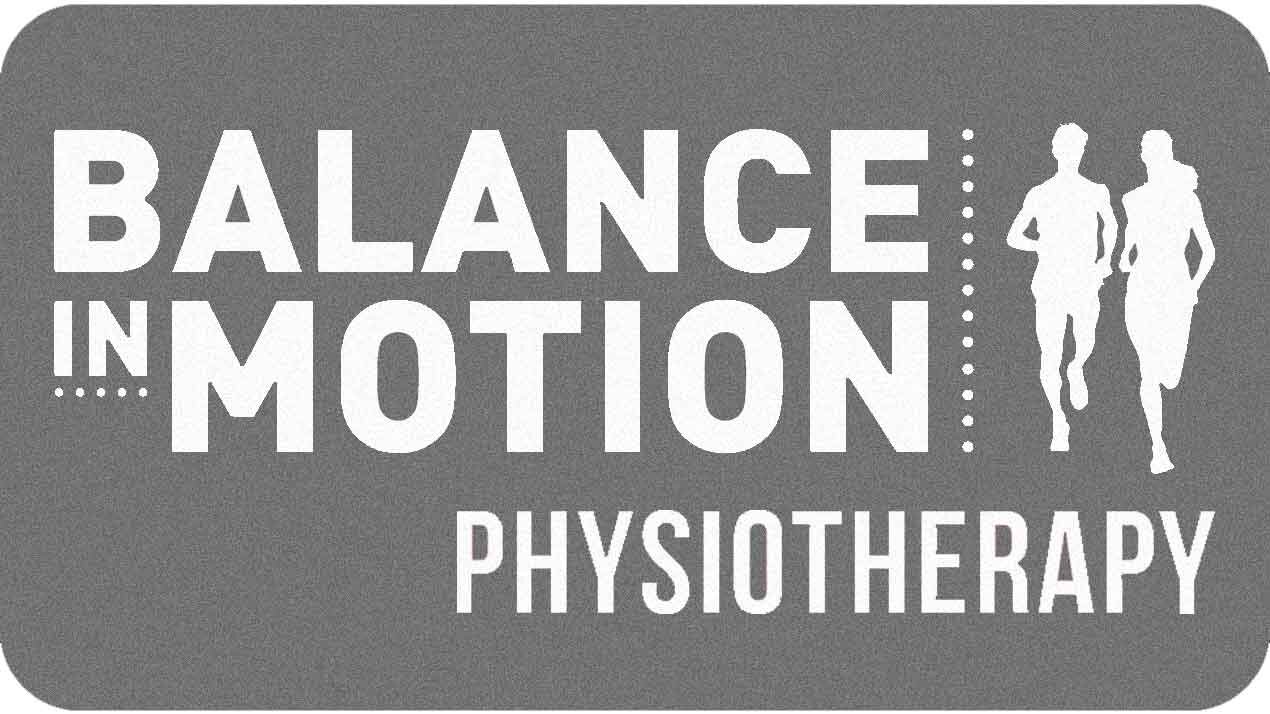Pregnancy and Exercise: Is It Safe?
/Pregnancy can be an exciting and overwhelming time. There are many things individuals start to think about that have never really crossed their minds before. A big thing that people ask about is are they allowed to exercise and what kinds of exercises are safe.
In short: Yes! exercise is safe and encouraged for a healthy pregnancy. Exercise during pregnancy can help reduce the risk or intensity of back pain, reduce the risk of pregnancy complications such as gestational diabetes or pre-clampsia, and can help with constipation. It can also help build overall strength and fitness. Pelvic floor exercises can help build strength to prevent or reduce incontinence issues post-pregnancy. Now the question is where do I start?
If you are planning to get pregnant and not yet pregnant this is the perfect time to start getting moving. If you were active before pregnancy and are experiencing a healthy pregnancy it is safe to continue physical activity. If you were not active before becoming pregnant and currently have an uncomplicated pregnancy it is important to slowly build up activity over time.
While some physical activity is better than none, you should aim for moderate intensity activity for 150-300 minutes a week or more or vigorous activity for 75-150 minutes a week. This equals to around half an hour a day most days of the week of moderate activity or 15 minutes of vigorous activity most days of the week. If you currently do not participate in physical activity you can start smaller and slowly increase the amount of activity. If unsure of the intensity of exercise, do a talk test. At a moderate intensity individuals should be able to carry a conversation.
It is important to have a mix of cardio and strength exercises through the week. This is also a good opportunity to start pelvic floor exercises. For individuals just starting to exercise, walking is a great way to get the ball rolling. Pre-natal pilates and yoga are good ways to integrate strength and mobility into an exercise regime. Light resistance training can be a good strength option but be sure start easy and gradually build up the resistance. Contact activities, such as soccer or boxing, or activities with a high risk of falls, like gymnastics or horsebackriding, should be avoided to minimise accident risks. It is also important to avoid large changes in pressure during exercise, such as scuba diving or training at elevations.
Monitoring your body during exercise is important, especially as the body is undergoing changes involved in pregnancy. If you experience contractions, chest pain, calf pain or swelling, vaginal bleeding/leakage, shortness of breath before exercise, dizziness/faintness, or other unexpected sensations it is important to stop exercise and speak to your doctor.
When exercising it is important to stay hydrated and avoid overheating. Living in the Australian climate can get quite warm; to get around the weather swimming can be an awesome way to exercise and stay cool at the same time. Activities like hot yoga or hot pilates should also be avoiding to minimize the risk of overheating. It is advised to avoid lying flat on your back, especially as the size of the baby increases.
While exercise during pregnancy is encouraged, if you have any health issues or pregnancy complications or if you are unsure of where to start it is important to check with a health professional before starting a new exercise program. Individuals that have heart or lunge disease, anemia, cervical cerclage, placenta previa, vaginal bleeding or other risks should discuss exercise with their health care professionals before starting exercise.
Jade Reid

